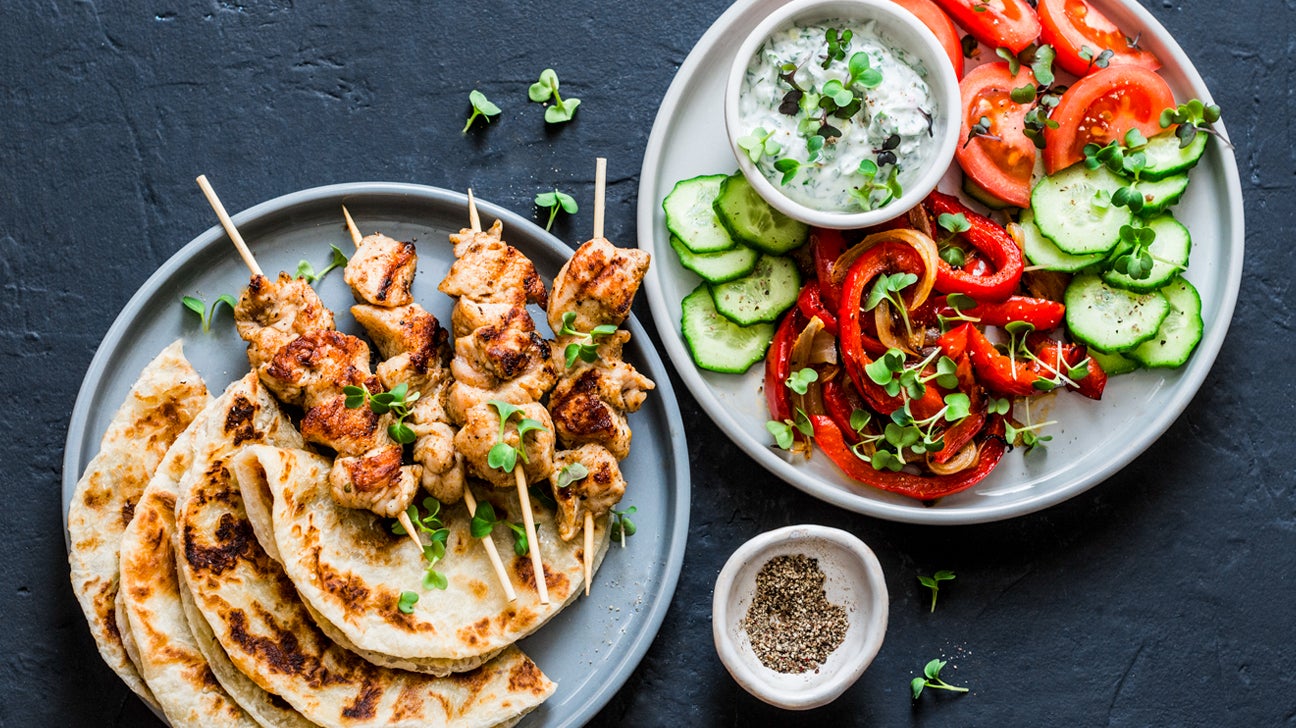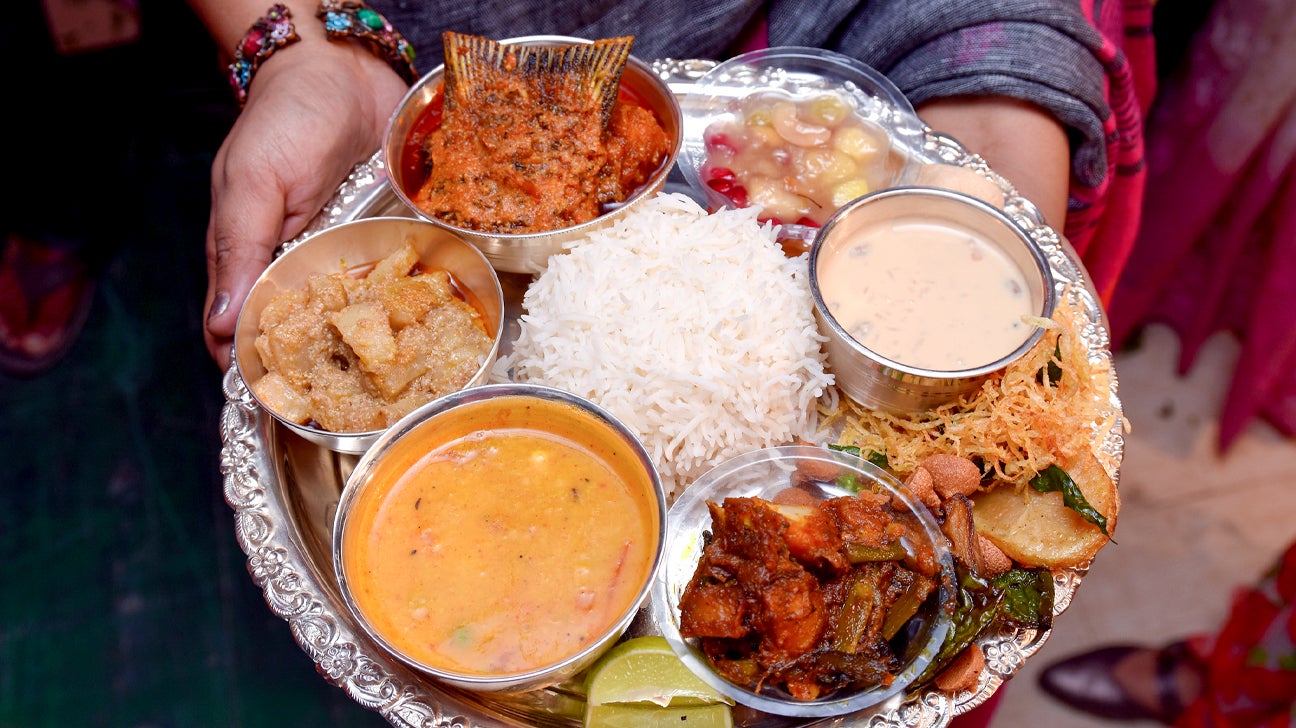Health experts have observed that since the beginning of the new millennium, the percentage of people in the US has consistently risen among those who are overweight or obese. According to research, in 2016, nearly 40 percent of obese adults were there and almost 70 percent were overweight. These revealing statistics aren’t expected to decline anytime soon. Rather, researchers anticipate that by 2030 nearly half of U.S. citizens will be obese, while most will be overweight.
However, almost one-third of the population worldwide has a body mass index classified as overweight or obese. But a few countries have significantly lower levels of obesity. To know why the difference is, let’s begin a culinary health adventure to choose a few of the healthiest eating and lifestyle habits from countries with lower rates of obesity and chronic disease around the world. We have selected the countries alphabetically.
- China

Using chopsticks helps you eat slower. Eventually, you’ll eat less. Moreover, people eating faster are more likely to be obese and have a higher risk of type 2 diabetes. You need to limit orange chicken (and other Americanized Chinese food). MSG isn’t the issue here. It’s consuming meat smeared in sugary sauce. That’s why it’s so tasty. Choose lo mein or stir-fry veggie options instead.
- Ethiopia

Injera, which happens to be a conventional Ethiopian flatbread made of teff flour, is fiber-rich with vitamin C and protein. Quintessential Ethiopian cuisine stresses beans, root vegetables, and lentils. It’s light on animal and dairy products. You may try making injera at home, or cook teff grains in water to substitute rice. Limit serving family-style. The typical Ethiopian diet comprises shared dishes scooped up jointly with injera. This eating style makes it difficult to control portions. Put individual servings on a plate to understand how much you’re consuming.
- France

According to a study, the French associate food with pleasure and not health. Compared to the US, the country has lower obesity rates and cardiovascular diseases. People in France also tend to be physically more active. In 2018, between 60 to 66 percent of French adults met national physical activity requirements. Though you can’t outrun your fork, the higher physical activity level helps to keep the croissants from going to your hips. Limit the daily pastry. Similar to a lot of buttery breakfast pastries, a chocolate croissant is stuffed with sugar, refined carbohydrates, and fat. Instead, opt for more nutritious options such as oatmeal or yogurt on maximum days, and preserve the pastry for an occasional treat.
- Greece

The key is practicing portion control. The health benefits of the Mediterranean diet are globally acknowledged. Traditional Mediterranean cuisine comprises loads of veggies, fruits, whole grains, and legumes, plus small quantities of fish, meat, dairy, and olive oil. Skip Gyros. Maximum classic Greek food is about as healthy as you can get. But gyro, or pita sandwiches stuffed with seasoned beef and lamb prepared on a spit, are loaded with BP-enhancing sodium.
- India

Indian cuisine features lots of spices, to add yummy flavor, engaging color, and amazing health benefits. Spices such as ginger, turmeric, and red pepper help to reduce cholesterol. Regularly used aromatics such as onions and garlic may minimize your risk of heart disease too. Resist the temptation of creamy sauces. Several recipes are extremely rich in saturated fat due to ghee and full-fat coconut milk. To reduce the intake of saturated fat, restrict the rich dishes. Substitute with tandoor-grilled meats, “lite” coconut milk, and tomato-based curries instead.
- Italy

Enjoy your glass of wine. However, never overdo it. Research has revealed that moderate wine consumption can minimize your risk for heart disease and extend your life. Traditional Italian pizza featuring a thin crust is cooked in a brick oven and could be topped with fresh tomato, garlic, basil, and some slices of mozzarella cheese. Pizza is a major source of calories, saturated fat, refined carbs, and sodium. Feel inspired by the Neapolitans to make your pizza at home for a healthier pie.
- Japan

The Japanese people emphasize a lot on the appearance of the food. Meager portions and colorful, seasonal vegetables are visually appealing and healthy dishes. These small portions keep calories in check, while veggies provide a plethora of healthy vitamins and minerals. Don’t consume too much fish high in heavy metals. Mercury may lead to nervous system damage. It’s found in tuna, king mackerel, and swordfish. Prefer lower mercury options such as Ebi (shrimp), sake (salmon), and ika (squid) instead.
- Mexico

Typical Mexican culture comprises almuerzo, a midday feast that is the largest meal of the day. A big meal late in the evening may lead to weight gain. Rich in protein, fiber, and vitamins, beans are indeed an excellent, heart-healthy inclusion to your diet. But frying them in lard or oil drastically increases the calories. Choose low-sodium canned beans for a healthier burrito.
- Sweden

Scandinavian cuisine skimps on the veggies. However, it also has multiple healthy elements. Rye bread as a staple is loaded with fiber, to keep you fuller longer. Prepare a sandwich on rye as a fiber-rich substitute for white or whole-wheat bread. Go gently on the salt, particularly if you’re at risk for hypertension. Attempt to make smoked fish at home.
- United States

The “Standard American Diet” (SAD) is poor indeed. However, a few regional dietary patterns provide healthier substitutes. As fruits and veggies begin losing some of their nutrients after harvest, antioxidants such as vitamin C produced nearby could be more nutritious compared to produce that travels long distances from farm to table. Stick to the whole foods and meals that you prepare yourself. Never forget that canned and frozen fruits and vegetables are just as nutritious as they are fresh. However, they last longer and are often way more affordable. You need to opt for low sodium canned vegetables and choose fruit packed in its juice.
Inference If you’re serious about improving your eating habits for better health, then you need to start today itself.



